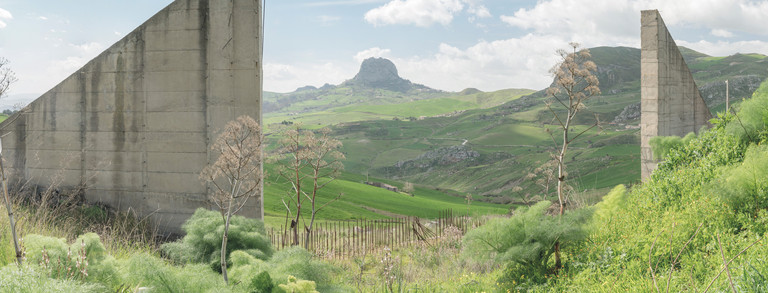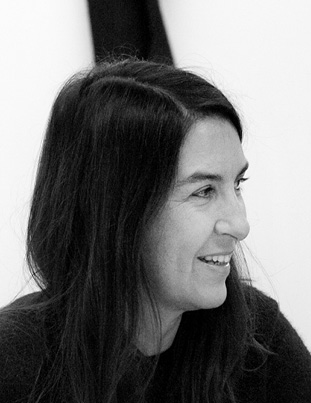
You are here:

Together with Wilfried and Johannes Kuehn, Simona Malvezzi founded Kuehn Malvezzi in Berlin in 2001. Public spaces, museums and exhibitions are the focus of the office, which has realized the architecture for Documenta 11 in Kassel, the Friedrich Christian Flick Collection in the Hamburger Bahnhof in Berlin and the Julia Stoschek Collection in Düsseldorf, among others. Kuehn Malvezzi is also responsible for the extension of the Modern Gallery of the Saarlandmuseum in Saarbrücken as well as the conversion of the Prinzessinnenpalais on Berlin's Unter den Linden boulevard. In 2018/2019, she taught as a visiting professor at the GSD Harvard Graduate School of Design, the Politecnico di Milano, and the Politecnico di Torino. Today she is Visiting Professor of Curatorial Studies and Visual art at NABA (Nuova Accademia di Belle Arti) in Milan.

INSIDE OUT
In 1748 Giambattista Nolli depicted the city of Rome as a sequence of open and covered public spaces where the concepts of inside and outside, interior and exterior, are overturned. It is a continuous landscape of sorts where public space has no limits or boundaries. Two centuries later Archizoom invents the No Stop City, where simultaneously, everything is public and everything is private. The dissolution of public space is therefore an old story.
As the threshold between public and private has become thinner and thinner, the accumulation of the city in architectural terms has completely inverted the concept of outside and inside, and the boundary between them. The Continuous Monument has occupied the landscape and filled it completely. Public space as a political space has run out of energy and architectural space no longer defines it. From the Domestic Landscape we have arrived at the landscape as interior.
What does it mean to relate to public space today, if it no longer exists? Our projects investigate this dissolution and we have long been interested in reversing the relationship between public and private, bringing an interior to the outside, or reactivating the concept of the threshold.
